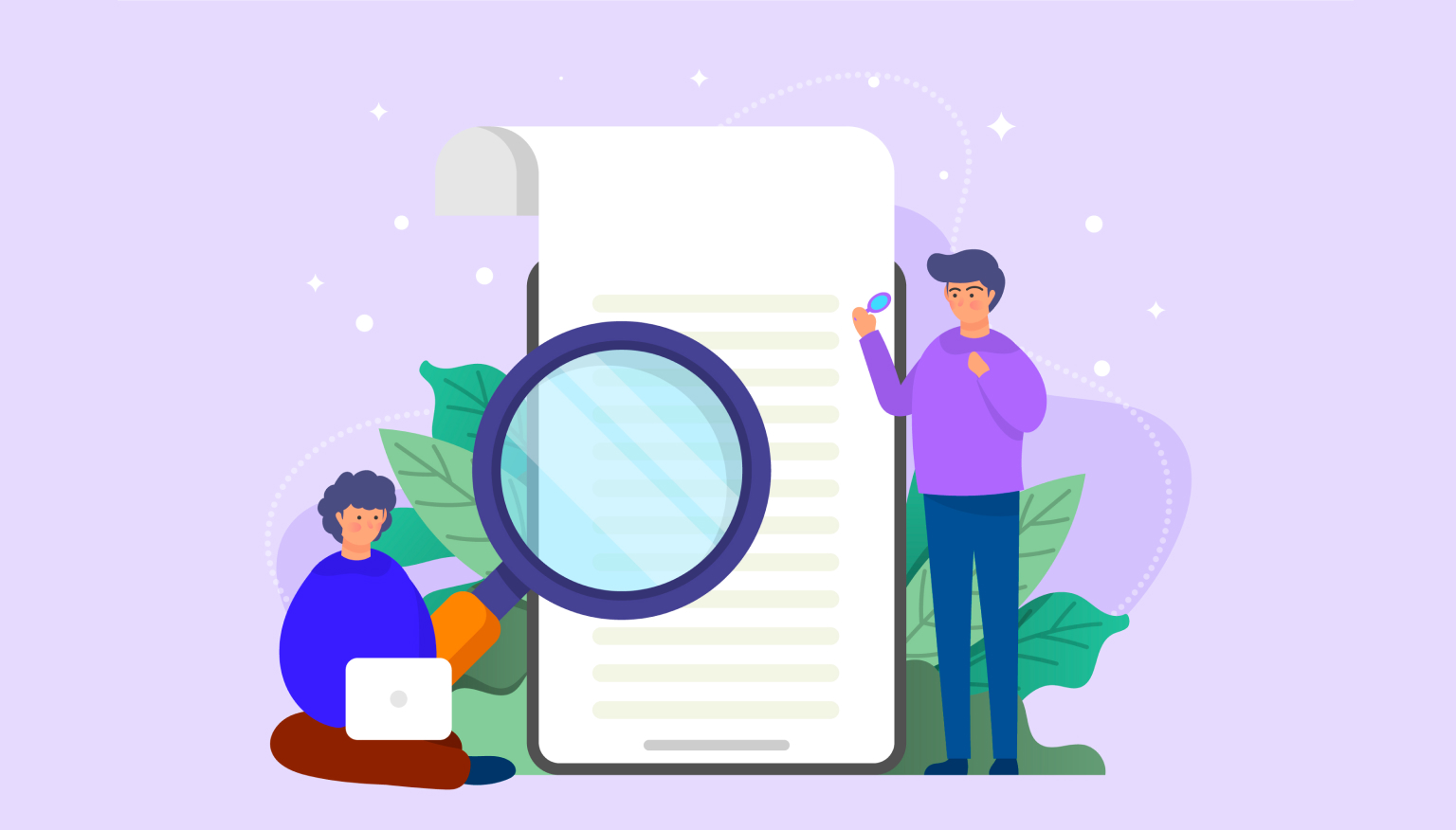What should be checked before publishing a website?
This moment can be exciting for the site owner, because with the creation of the site you get the opportunity for new forms of advertising on the Internet.
However, before that happens, it's worth checking if everything is ready to publish the website. After all, you don't want to hear complaints from users that something doesn't work. You know that it is better to present yourself with dignity the first time than to correct something nervously later.
So check out this list of things to check before you publish your site online.
What should I check before publishing a website? - a list of 13 things to consider
1. Typos
Make sure that there are no spelling and stylistic errors in the content that the user will read. The fact is, it's a small thing, but a headline with a blatant typo is not something that visitors enjoy reading.
Content is best checked with this tool: LanguageTool.
2. All variations of pages
Make sure the site has the correct redirects between different versions of the address. Google treats the two versions of a page quite differently. For a search engine, the address http://nazwastrony.pl and such an address https://sitename.com are two completely different sites.
So you have to make sure that Google sees everything under one address. To do this, you need to properly take care of the redirects in the .htaccess file.
Therefore, your site should only be accessible under one of these options:
http://sitename.com
http://www.sitename.com
https://sitename .com
https://www.sitename.com
Check out our other post on the differences between http and https for more information.
3. Correct SSL
If you have an active SSL certificate, i.e. green padlock next to the URL in the browser bar, you need to check that the site is prepared for such a certificate. Here you need to make sure that all links on the pages start with the https protocol. If it is not, the certificate will not be active and a "mixed content" message will appear in the browser console.
For WordPress sites, this problem can be quickly solved by installing the Really Simple SSL plugin (although the best thing to do anyway is to change the URLs in the database).
4. Site Map
A site map is basically information for the search engine about what kind of content we want to publish on the web. It's just a list of all the pages that users can find through a search engine.
This is important because some pages usually don't make sense to submit to Google. These are unimportant pages like tags, pagination or some archives. WordPress sites can be easily customized with the Yoast SEO plugin, where you can easily specify which pages the search engine will notice and which pages will be completely crawled.
5. 404 Error Page
It is also important to customize the 404 Error Page.This is the page that appears when the user types in a non-existent address. An example is the following address: https://sitename.com/404/.
As you can see, there is no such address in our domain, so you received a corresponding message. If you do not have such a page, you will receive a default message from the server, devoid of any graphics, and find that our site is down. So be sure to take care of creating a 404 error page before publishing your site.
It is also important to check if your site generates similar errors. This can be done using one of many tools, such as this one: Broken Link Checker. If they occur, they should be corrected as soon as possible by redirecting or adjusting the URL.
6. Page Speed
Of course, this is not mandatory, but it is worth making sure that the site loads quickly before it is published on the Internet.
It is common knowledge that the faster the better, as users may experience a frustrating experience with slow-loading website content. Therefore, it is better to take care of several aspects that will improve the situation. At the same time, it is worth using the available tools that will allow you to list issues that need improvement.
This can be done with various website speed testing tools. On the other hand, if you want to explore this topic in more depth, I refer you to our other article on reducing page load times.
7. Blocking against indexing
In order for a search engine to "read" the content of a page, it must be allowed to do so. To do this, check the robots.txt file on your server. If it is empty or not present at all, it means that you are allowing the page to be completely crawled by indexing robots.
For WordPress, check in the panel under "Settings" -> "Reading", if the box is unchecked: "Ask search engines not to index this site".
8. The Image Problem
Before you publish a website, you should also check the images posted on it. In particular, there are four points to pay attention to:
- size - pay attention to the resolution of the images and place an appropriate image for the given room. If the available area in this element is 500 x 500 pixels, then there is absolutely no point in inserting an image with a size such as: 3200 x 1450 here. This will significantly reduce weight. Use the TinyPNG online tool or a WordPress plugin called WP Smush. However, this plugin, despite its huge popularity, is, in my opinion, rather flimsy.
- The ALT attribute is an image attribute that tells the search engine what the image is about.Think of it as a way to include keywords.
- Name - try to avoid naming like DCIM-12345.jpg. Practice descriptive equivalents like contact.jpg, project-digiants.jpg etc. This, of course, is not some kind of cardinal mistake, but just a good practice that makes it easier to identify the image.
9. Meta title and description.
It's also a good idea to check the page description and title before launching it. Both show up in search results, so it's best to write a few sentences yourself. Otherwise, Google will take the description of the page from the content itself, which is quite random and not very practical.
Also, the title is displayed in the browser tab, so it's good if it's done right here too. Think of it as a description of what the page contains. As for the description itself, I refer you to our other article on meta description.
10. Friendly URLs
The next question is friendly URLs. Check it out yourself. Which address is more friendly to you? The first one speaks for itself. You more or less know what is under the link. The second is some kind of identifier or something like that, which does not tell us anything at all. So stick with the first example to get things right.
11. Effective form
Before publishing the site, check that all forms are set up correctly and that you receive messages from them. In addition, you can also check that the messages (errors, posting) are clear and readable.
12. Responsiveness
Be sure to check how your site behaves on mobile devices. This is another important item on this list.
We all have smartphones and tablets. We use them every day, so your site should display correctly not only on a large computer monitor, but also on a smaller screen. If this is not taken into account, it will be difficult for users to perceive your site.
13. Pluggable Analytics
Finally, don't forget to include the Google Analytics code, which is designed to collect data about users visiting your site. Check the dashboard to see if any data appears, or examine the source of the page (shortcut CTRL+U) that is searching for the phrase: "UA-". You should find the script linking to Google.
So what do you need to check before launching a website?
I hope you now know what to check before publishing your site on the Internet.
It is worth paying attention to these questions so that from the very beginning everything goes well and works as intended.
Of course, this list could be supplemented with a few more minor questions, but in any case, the ones listed above are among the most important.
















